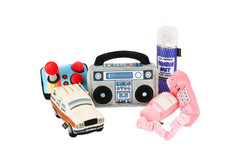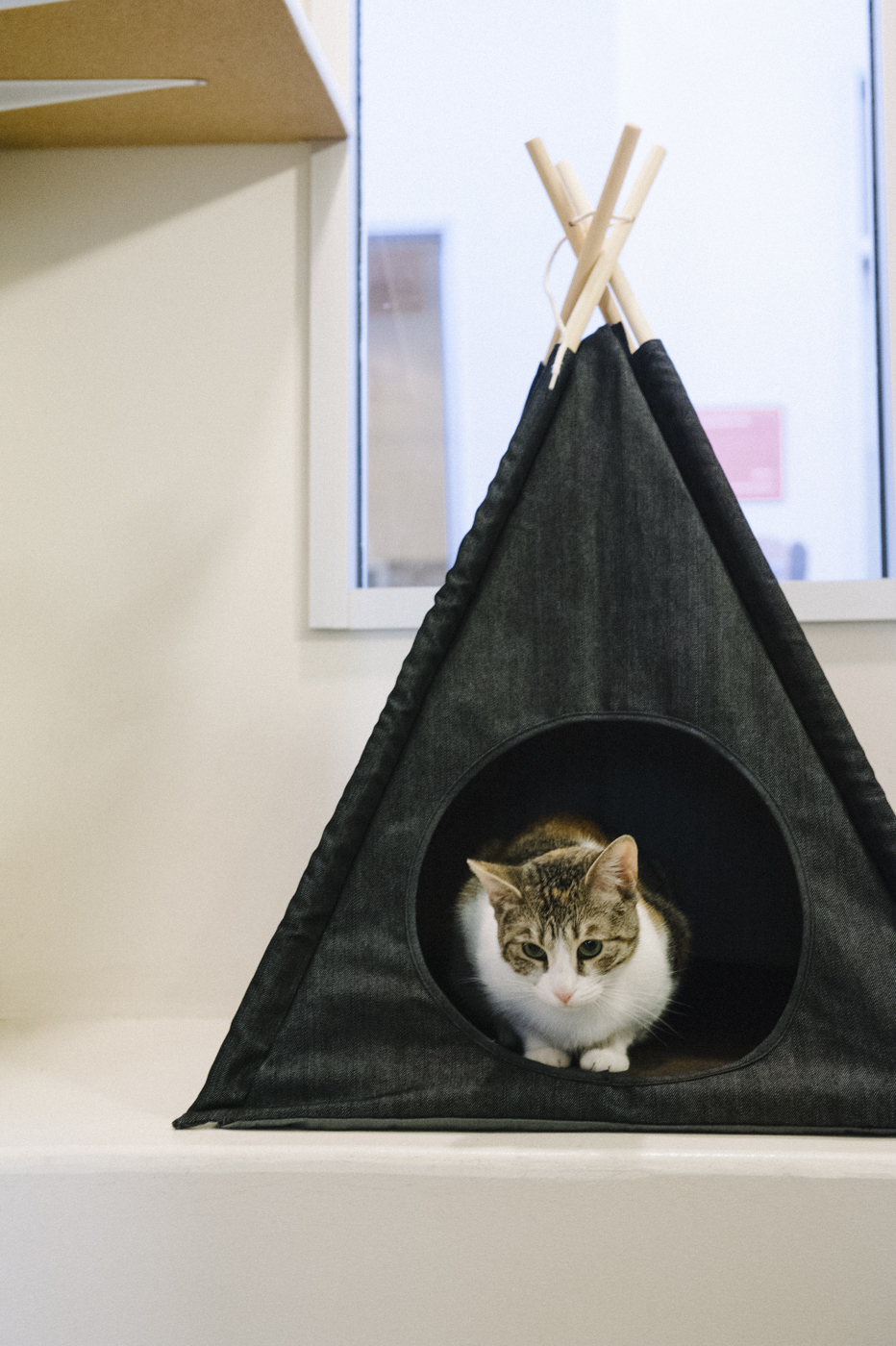When you adopt a dog it is a big deal. You are taking on a huge responsibility and commitment. Years ago, I worked at an animal shelter so adopting a shelter dog is near and dear to my heart. While I was there, it became obvious that there were two main reasons why people relinquished their dogs to the shelters.
The first reason, the dog is a good dog and the people are good people but they are simply, a terrible match. Their personalities, temperaments and activity levels do not mesh. I have seen this in my experience as a trainer as well where people adopt dogs that do not match their personality and lifestyle but choose to keep them. That is no fun either. The dog is not getting what they need, the humans are frustrated and no one is happy.
The second reason people relinquish dogs to shelters is the people had completely unrealistic expectations of what life with a dog (or even this particular dog) would be like.
To avoid the heartbreak of choosing the wrong dog, I have come up with some questions to ask yourself so that you can pick the right dog for you and everyone can live happily ever after.
When choosing a dog there are 12 major points to take into consideration:
1. Why do you want a dog?
Is it “for the kids?” If mom or dad, or whoever the primary caretaker will be (this must be an adult!) is not totally sold on getting a dog, don’t get one. Minors should not be held responsible for the care of an animal in your home. Yes, they can certainly help and be given certain (age appropriate) tasks but the adults are responsible for the children in the home and are therefore also responsible for the animals.
2. What is your activity level and what activities do you like to do?
What is your current activity level? Are you a runner? Do you like to take long walks regardless of the weather? Do you like to hike? Swim? What kind of activities would you want to do with your dog? Would you like to play games with them (fetch, Frisbee), or participate in some canine sports like agility, K9 nosework or fly ball? Are you a couch potato? It’s ok if you are, just know it! The age and breed mix of a dog often determine their activity level and exercise requirements.
3. Exercise requirements
The recommended exercise time requirement for a young active dog is between 30-60 minutes of exercise twice a day. Preferably, one of those sessions with the dog on-leash (so they can learn to walk nicely with you and take some time to sniff the world) and one off-leash (playing with another dog, fetch etc). Most dogs in the shelter are adolescent (between 6 and 18 months old). This is usually because people got them as puppies, didn’t exercise or train them properly so now the dog is bored, restless and looking for other things to do (escaping, chewing, digging etc.). Don’t be afraid to adopt a dog because of this – these are easily solvable problems with exercise, management and basic training. Dogs that get adequate exercise are much better behaved!
4. Personality – what kind of dog do you like?
Do you prefer dogs who are more independent (aloof) or one that follows you around (clingy)? Do you like silly dogs or serious or stoic dogs? I give people a scale of 1 to 5 with one being the most serious and five being the most silly and ask where on the scale they fall.
5. Time –how much do you have?
All dogs take time so be prepared however some dogs take a much bigger time requirement than others. Time constraints can certainly determine who’s right for you and whom YOU are right for. Puppies and younger dogs will take more time to facilitate housebreaking, socialization and exercise requirements. For these reasons it is imperative you do not leave a young pup alone for hours at a time so… if you work all day are you prepared to come home in the middle of the day or are you financially prepared to hire qualified people come in to care for your dog? If you are not able time-wise or financially to care for a pup during the day, an adult dog will be a better fit. Even with an adolescent or adult dog you will still need to find the time for exercise and walks. Are you prepared to get up and out for 30-60 minutes everyday before work? And after?
6. Housebreaking - do you have time to do it?
When housebreaking a young puppy you can take the age of the pup in months and add one – that is the number of hours they are likely to be able to “hold it.” So, a three-month-old puppy can be left alone for no more than four hours at a time. An eight-week-old pup no longer than 3 hours.
7. Household – who lives in the home?
Are there young children in the home? Elderly? If there are children in the home they must meet the dogs before adopting. No surprises and no puppies under the Christmas tree! This does not mean the kids should pick out the dog; the adult should meet and spend time with the dog first but then you must see the dog’s reaction to the children. I put dogs into three categories: dogs that ENJOY kids, dogs that TOLERATE kids and dogs that DISLIKE kids. A dog that tolerates kids may be ok (depending on the degree, the individual dog and the individual kids and their behavior/interest/reaction) but a dog that dislikes them is absolutely not ok. How about the activity in your home. Do you have high traffic home with lots of different people coming in and out or is it quiet? Physically, is there a way to confine your dog when you are not home? Do you have room in your home for a crate? A large one or small? Where would you put it? Will you need baby gates to cordon off areas?
8. Size of the dog
The size of a dog does not determine his activity level. Some small dogs have a very high activity level while some large dogs have a lower activity level. The size of a dog does however, determine cost - a larger dog eats more. Medical costs will also be higher with a larger dog since any medication/anesthesia is dosed by weight. If your dog is ill or injured, do you want to be able to lift him?
9. How much time can you devote to training?
Do you have time to take your dog to a weekly obedience class? I strongly recommend taking a group class to get you started on some basics with your new dog. Training is also a fantastic way to bond with your new dog. Taking an hour out of your day and spending it interacting with just your dog is a magical thing! It is amazing what that can do for your relationship. If you do not have the time to spend with your new dog you may want to wait until you do. If you are adopting a puppy, do you have time to go to several playgroups or outings during a week to desensitize and properly socialize your pup to the world?
10. Do you have other animals already in the household?
Do you have a cat or another dog? If you have a cat, you may not necessarily need to adopt a dog who has had a known history with cats (many dogs come into the shelters as strays with no history) but you (or behavior professional) will need to do some simple tests to gauge drive and predatory behaviors. If you have another dog there are several things to look at… usually dogs do best with a dog that is NOT similar in status meaning two male dogs or two female dogs, same age, same size, are probably not the best match. Generally, you want to separate gender, age and possibly size. Keep in mind, there are exceptions to every rule so two female dogs similar in status certainly could get along, it is just less likely. Introductions between dogs should be done on a neutral territory and someone familiar with canine body language and signals should be present to “read” the dogs’ interactions. Whatever you do, do not adopt littermate puppies! There are many problems associated with this, too many to go into here.
11. What breed/s should you get?
Most of us have preferences on fur length, size and looks of dogs. What do you like? Do you mind a dog with a full coat or one that needs regular grooming? I believe all dogs should be judged individually because the fact of the matter is there ARE always exceptions. However, some basic guidelines with certain breeds and breed types may apply. For instance, a herding dog may be particularly sensitive to movement and therefore, not appropriate for small children. A large rambunctious sporting dog may not be good for an elderly person.
12. Money - dogs aren’t cheap!
Dogs can cost quite a bit, especially up front. You will need to buy a leash, collar/harness, food, crate, treats, toys (especially food-stuffable ones),veterinary care, training costs, possibly a dog walker or day care…
When you find a dog you are interested in, spend time with him. Have all of the family members meet the dog. Think about it. There is certainly a lot to take into account when adopting a new dog but if you do your research and take your time finding the perfect dog for you, the joys and rewards are absolutely immeasurable!
 Danette Johnston has been a Licensed Veterinary Technician (LVT) in the state of Washington and a Certified Pet Dog Trainer (CPDT). She has trained dogs (and people!) working in animal hospitals and shelters prior to opening Dog’s Day Out Seattle 13 years ago. She has published articles on dog day care and dog-dog interactions for The Society of Veterinary Behavior Technicians and the Association of Pet Dog Trainers (APDT). She is the NW Coordinator and presenter for Doggone Safe teaching bite prevention to school age children and is an instructor at the Lytle Center for Pregnancy and Newborns at Swedish Hospital where she teaches expecting parents how to prepare their dog for the family’s upcoming human addition. She currently shares her home with one cat, one Pittie mix, a 1st grader and a very tolerant husband.
Danette Johnston has been a Licensed Veterinary Technician (LVT) in the state of Washington and a Certified Pet Dog Trainer (CPDT). She has trained dogs (and people!) working in animal hospitals and shelters prior to opening Dog’s Day Out Seattle 13 years ago. She has published articles on dog day care and dog-dog interactions for The Society of Veterinary Behavior Technicians and the Association of Pet Dog Trainers (APDT). She is the NW Coordinator and presenter for Doggone Safe teaching bite prevention to school age children and is an instructor at the Lytle Center for Pregnancy and Newborns at Swedish Hospital where she teaches expecting parents how to prepare their dog for the family’s upcoming human addition. She currently shares her home with one cat, one Pittie mix, a 1st grader and a very tolerant husband.









